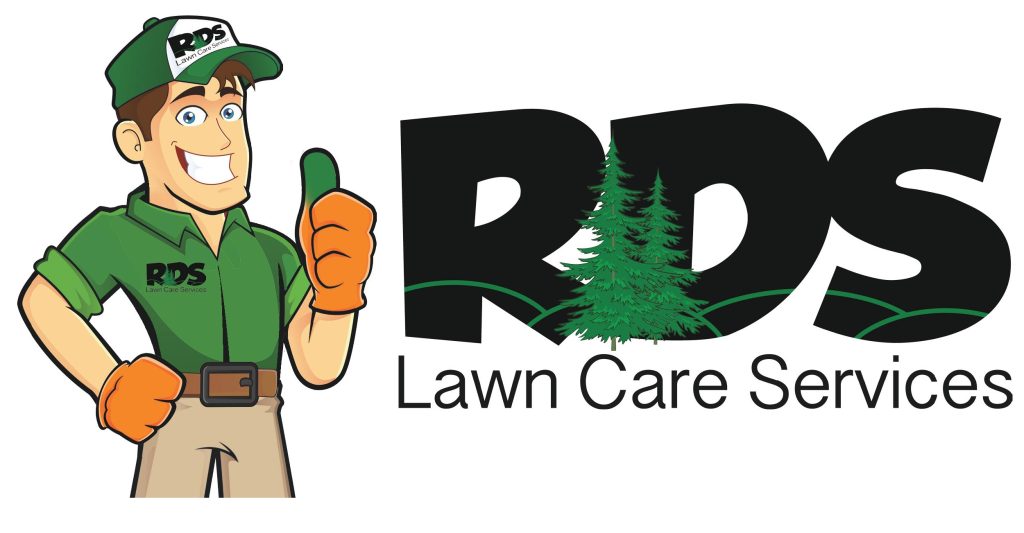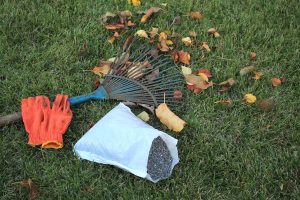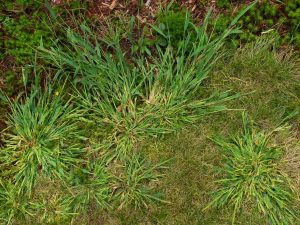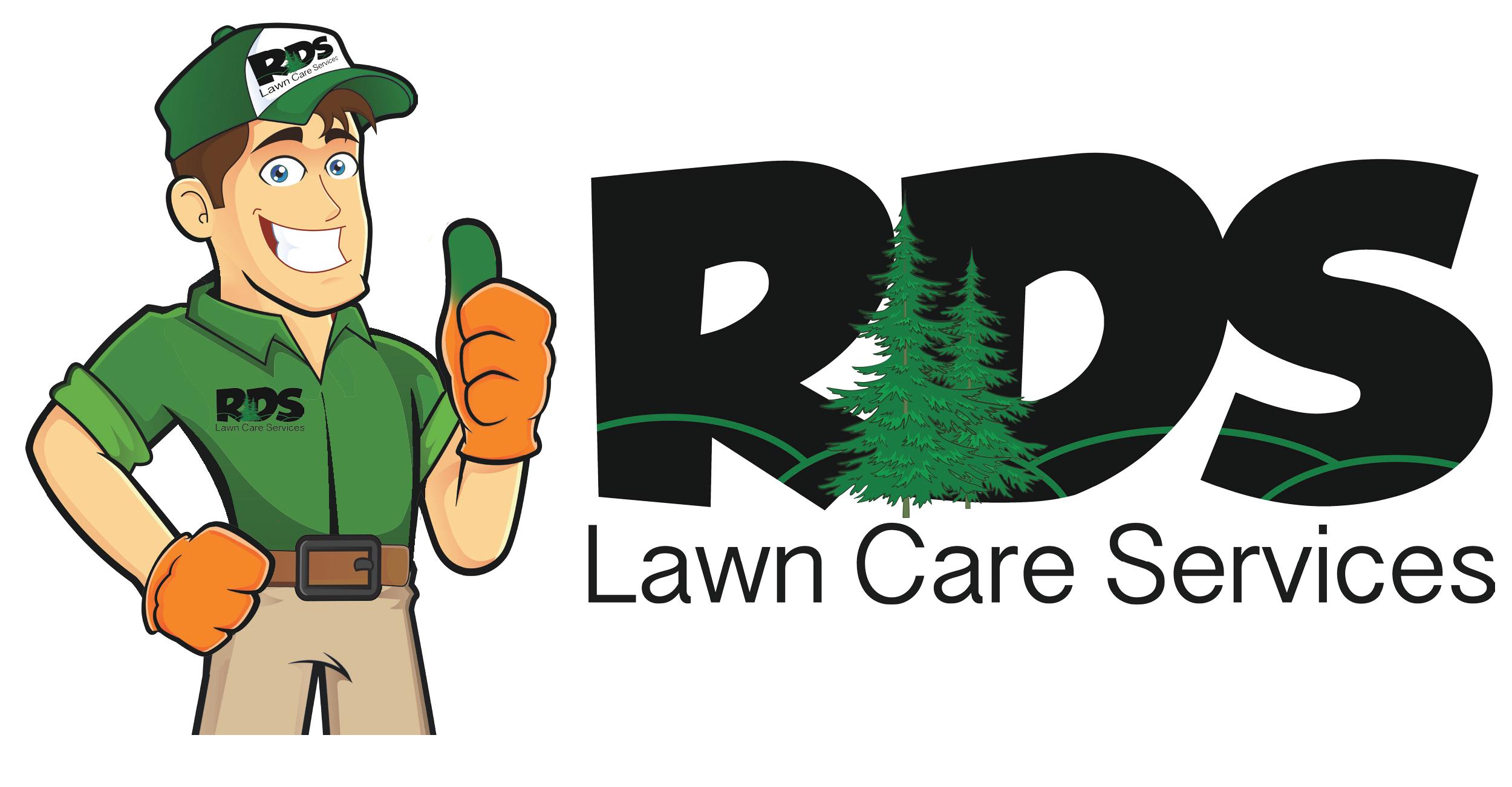
Grassy weeds are one of the most common problems facing homeowners in North Carolina. We all know how ugly weeds can be on a lawn, but they also cause serious damage to your grass and other plants if left unchecked. At RDS Lawn Care, we understand how tedious it can be to deal with these pesky weeds, not to mention how difficult it is to even identify them in the first place. Our lawn care experts have put together this guide so you can know everything there is to know about grassy weeds and how to prevent them!
Be sure to check out this guide to broadleaf weeds for information on other types of weeds you may encounter in the Carolinas.
What Are Grassy Weeds?

Grassy weeds are often called “weedy grasses” or “grass-like weeds” for a very obvious reason — they are just different types of grass! In most cases, grassy weeds that invade your lawn belong to the Poaceae family, also known as the grass family. This means that the only real difference between grass and grassy weeds is whether or not you want that particular grass species growing in your lawn. For example, Bermudagrass is used as turfgrass in warm climates, but it could be considered a weed if it found its way into a cool-season lawn in northern regions of the country. Grasses that grow in areas they are not acclimated to will behave differently (aggressive growth, more nutritional needs, etc.), which will disrupt the normal growth cycle of the existing grass in a lawn.
In other cases, however, the type of grassy weed you may find in your lawn looks nothing like typical turfgrass. Lawn weeds like crabgrass or goosegrass do belong to the grass family, but you would not want an entire lawn filled with either of these species. Grassy weeds like these would produce very stiff, uncomfortable, and patchy lawns due to the rigidity of their leaf blades and their clumping growth habits. Basically, a grass is considered a grassy lawn weed if you do not want it growing in your lawn.
What Do Grassy Weeds Look Like?

Because grassy weeds are just different types of grasses, distinguishing them from the grass that you actually want in your lawn can be challenging. Different types of grassy weeds produce different types of leaves, flowers, seed heads, and other characteristics that can help you identify individual species. If you are scanning your lawn to identify a general grassy weed invasion, the first things you should look for are patches or clumps of grass that are taller or larger than the surrounding turfgrass. Lawn weeds absorb nutrients and moisture in the soil at a faster rate than healthy turfgrass, which allows them to grow more aggressively, leaving behind the unsightly patchy lawns that are so commonly associated with a grassy weed invasion. These patches may be lighter or darker in color than the rest of your lawn, and the individual blades of grass may differ in size, shape, and texture.
Look For These In Your Lawn:
- Taller growth than the surrounding grass
- Quicker growth rate
- Brighter or darker leaf blades
- Different leaf shapes (rolled, pointed, etc.)
- Discolored or thin patches of grass
- Prominent seed heads
- Shallow, invasive roots
- Bunching or clumping growth pattern
What Causes Grassy Weeds To Grow?

Grassy weeds can appear from out of nowhere and at any time during the growing season, especially if your lawn is already in poor condition. Certain types of grassy weeds can produce hundreds of thousands of seeds per season, and those seeds can travel great distances on air currents (among many other methods) until they eventually land in your lawn. Once a seedling germinates and sprouts, it will immediately begin developing an invasive root system that outcompetes your lawn’s roots for resources and space. Grassy weeds’ roots are often shallow and fibrous, utilizing a combination of rhizomes, stolons, and tubers (both above and below the soil surface) to crowd out healthy turf.
Unhealthy lawns that are already struggling to grow are ripe for a grassy weed invasion! This is because lawn weeds thrive in environments that are not ideal for healthy, normal turf growth. Excess levels of nitrogen and moisture in the soil could damage grass that grows at a healthy rate, but these are the types of conditions that breed a grassy weed invasion. If you do not properly maintain a dense lawn filled with healthy turfgrass, your lawn may develop conditions that encourage weed seeds to germinate.
Common Sites Of Grassy Weeds:
- Shady spots in a yard
- Areas with poor drainage
- Overly fertilized lawns/soil
- Compacted lawns
- Near sprinkler heads
- Underneath trees & shrubs
- Untended borders & beds
- Generally struggling lawns
Life Cycle Of Grassy Weeds
Some types of grassy weeds only live through one season, while others are capable of reappearing in your lawn for several years. After a seed finds its way into the soil on your property, it will begin to germinate and go through photosynthesis to attain the proper level of nourishment for growth. Once the root structure of the weed is established, it will begin to produce leaves and start competing with nearby grass for resources. During this stage, weeds will sprout new shoots and produce more seeds in order to reproduce and invade other areas, starting the cycle over again.
Annual Grassy Weeds

Annual grassy weeds are plants that complete their life cycle within one year. They tend to have a short germination period and can quickly invade a lawn, growing rapidly in the warm months before dying off in winter. Most annual grassy weeds produce seeds that are dispersed every season and remain dormant in the soil until the right conditions are present for germination. These plants tend to thrive in areas with ample sunlight, fertile soil, and plenty of water. Winter annuals (often misidentified as biennials) will even go dormant in the cold months and attack your lawn as soon as spring arrives, well before your lawn even has a chance to get established. These plants only survive for one season and do not have enough time to develop overly complex root systems. For this reason, seed dispersal is the main way annual grassy weeds spread.
Common Examples:
- Annual Bluegrass
- Crabgrass
- Goosegrass
- Foxtail
Perennial Grassy Weeds

Perennial grassy weeds, on the other hand, may live for two or more years, and they can often thrive throughout multiple seasons. While some perennials can survive unfavorable conditions, such as drought or freezing temperatures, others prosper under more favorable conditions with adequate sunlight and moisture. Perennial grassy weeds often reproduce by using underground root systems to spread from one area to another, sometimes over great distances. Surviving through multiple seasons means these weeds have more time to develop roots (even deeper tap roots), tubers, and runners all across your lawn. In addition to spreading by rhizomes and stolons, perennial grassy weeds can also produce seeds; however, this is usually a secondary method of reproduction. The strong, invasive roots of perennial grassy weeds are the real troublemakers!
Common Examples:
- Nutsedge (sedge family)
- Creeping Bentgrass
- Quackgrass
- Bermudagrass
How To Prevent Grassy Weeds

Attempting to remove mature, well-established grassy weeds can be problematic for several reasons. Pulling up these weeds often results in fragments of tubers or rhizomes being left in the soil, which will simply sprout new growth. Glyphosate and other non-selective weed killers can kill the weeds, but they will also kill any surrounding vegetation they touch. For these reasons, prevention is always your best option, especially when you call RDS for all your lawn care needs in the Carolinas! Proper mowing, fertilizing, and other maintenance can keep your lawn lush and prepared to fend off any weed seeds that try to germinate in the soil. The following tips will help you prevent grassy weeds from taking over your lawn:
- Fertilize Properly – Too much nitrogen in your lawn is a common cause of grassy weeds, which is why fertilizing properly is so important.
- Water Deeply – The shallow roots of grassy weeds get first access to water, so longer watering sessions give your lawn a chance to hydrate.
- Mow High – Allowing your grass to grow slightly taller than normal can help crowd out any weed seedlings that try to emerge.
- Aerate Compacted Soil – Aeration decompresses compacted soils, which allows your lawn to thrive and crowd out harmful weeds.
- Overseed – If your lawn develops thin or bare patches, overseeding can create dense growth that can withstand an invasion.
- Use Mulch – Mulching your garden beds and soil can help to reduce the spread of grassy weeds by preventing them from emerging.
- Apply Pre-Emergent – Pre-emergent is best applied in spring when young seeds are still germinating.
- Utilize Lawn Care Services – Professional lawn care and weed removal is always the safest and most effective way to maintain a healthy lawn!




